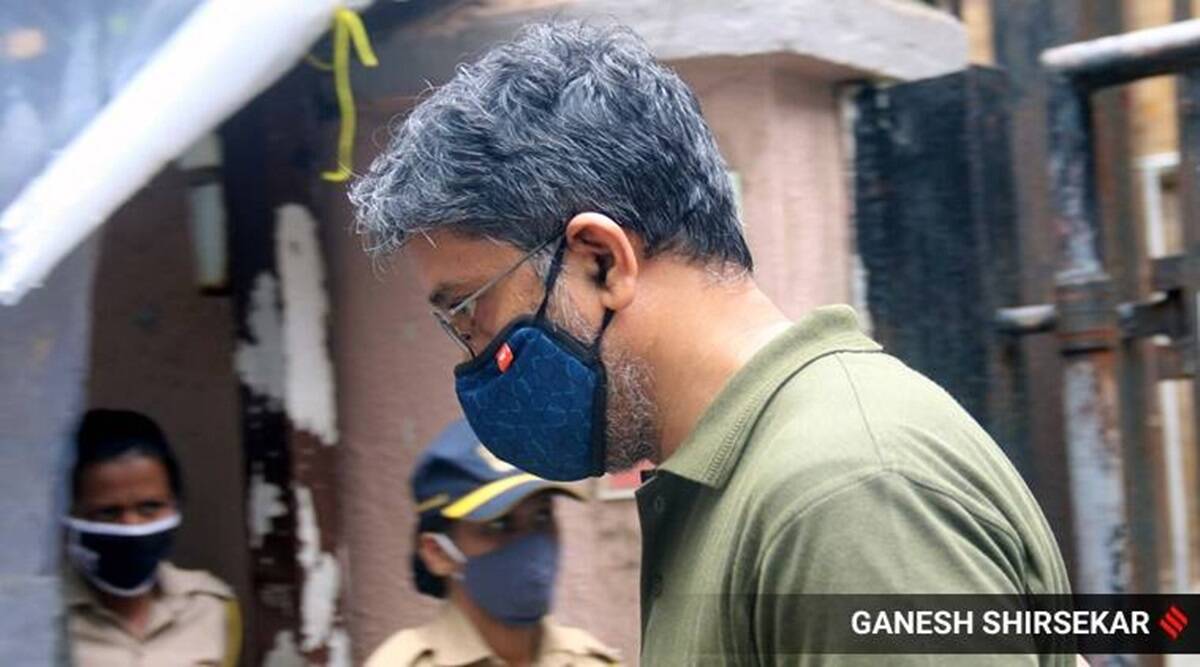Currently a Karnataka High Court judge, once elevated, she will become the second CJI from her family.

Justice B V Nagarathna is presently ranked 33 in the seniority list of High Court judges in India. Karnataka HC website
The Centre has approved all nine names recommended by the Supreme Court Collegium for appointment to the top court, clearing the decks for Justice BV Nagarathna to become India’s first woman Chief Justice in 2027, a milestone in the nation’s history.
The files have reportedly been forwarded to the President for further formalities. If everything goes according to plan, the Supreme Court will swear in the nine new judges on 31 August.
Besides Justice Nagarathna, two other women — Justice Hima Kohli, the Chief Justice of the Telangana High Court, and Justice Bela M Trivedi, the fifth senior-most judge of the Gujarat High Court — have been recommended by the Supreme Court Collegium for appointment as judges of the top court.
Nagarathna will likely have a month-long tenure as chief justice from 25 September 2027 to 29 October 2027.
Career path
Justice Nagarathna, born on 30 October 1962, is currently a judge at the Karnataka High Court. The 58-year-old began her career when she enrolled with the Karnataka Bar Council in 1987 and practised constitutional law, commercial law, commercial law and administrative law.
Interestingly, when Justice Nagarathna is elevated she would become the second Chief Justice of India. Her father, ES Venkataramaiah was the 19th CJI and held the post for almost six months in 1989. He is also the first CJI from Karnataka.
In February 2008, she was appointed as an Additional Judge of the Karnataka High Court and became a permanent judge two years later in February 2010.
Justice Nagarathna rose to prominence in November 2009, when she, along with two other judges of the Karnataka HC were locked in a courtroom by a group of protesting lawyers but she braved the situation in a dignified manner. She later said: “We are not angry, but we are sad that the Bar has done this to us. We have to hang our heads in shame.”
Key decisions and court directives
During her tenure at the Karnataka HC, she presided over some key cases on education policy. A bench led by her directed a committee of experts to submit a draft roadmap for improving the infrastructure of facilities in government schools.
During the coronavirus pandemic, she was hailed for her decision on directing the state government to ensure a wider reach of online classes.
“Pandemic or no pandemic, education of children must go on,” she consistently held.
Justice Nagarathna also monitored the migrant crisis, which was triggered during the first national lockdown owing to COVID-19 . She, along with Chief Justice Oka, directed the Karnataka government to place on record its plan to facilitate the transport of more than 6,00,000 migrants.
The said bench also directed the state government to make adequate arrangements for food and water for migrants destined to travel in Shramik trains. It was because of her pulling up the state government, that the latter decided to bear the costs of migrants’ travelling to their native states.
Justice Nagarathna has also been vocal about the freedom of the press, particularly the electronic media when it comes to “breaking” news.
In 2012, Justice Nagarathna delivered a judgment emphasizing the need to regulate electronic media. “While truthful dissemination of information is an essential requirement of any broadcasting channel, sensationalism in the form of ‘Breaking News’, ‘Flash News’ or in any other form must be curbed,” she wrote in her judgment.
While urging the Union government to consider setting up an autonomous and statutory mechanism to regulate broadcast media, justice Nagarathna clarified that the concept of regulation should not be understood to mean control by the government or the powers that be.
In 2019, she was part of the bench that declared that temples are not a ” commercial establishment”, and its employees are not entitled to gratuity payment.
In December 2020, in a judgment on a divorce case, Justice Nagarathna called out the “patriarchal system” for failing women. “People always say woman empowerment, but the society does not know how to treat an empowered woman. Parents don’t teach their sons how to treat an empowered woman. That is a problem with men, I will say that,” Justice Nagarathna said in her order.
In July this year, she was part of a bench that held that children born out of void marriages also have a legal right to compassionate appointments.
Boost for women in judiciary
Justice Nagarathna’s elevation to the top post would be a historic moment for women in judiciary, which has had only about eight women judges in the apex court.
Data reveals that only a paltry 7.2 percent top seats are occupied by women. In the apex court, as of today, there is only woman judge among the total of 27.
As Supreme Court advocate Brijesh Kalappa was quoted as saying by The Week, “The country has never had a woman CJI. Justice Nagarathna’s elevation to the top post in 2027, will go a long way in projecting the Supreme Court in a different light, as it certainly brings a different perspective, a sense of intuition, purpose and empathy.”
With inputs from agencies




